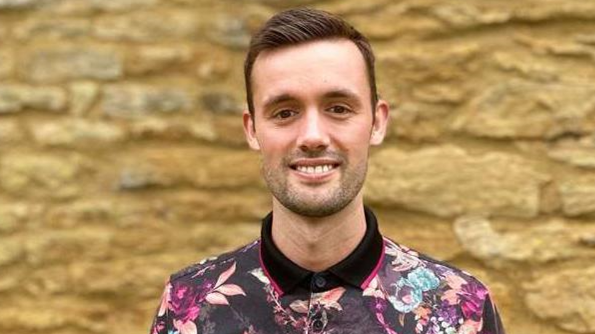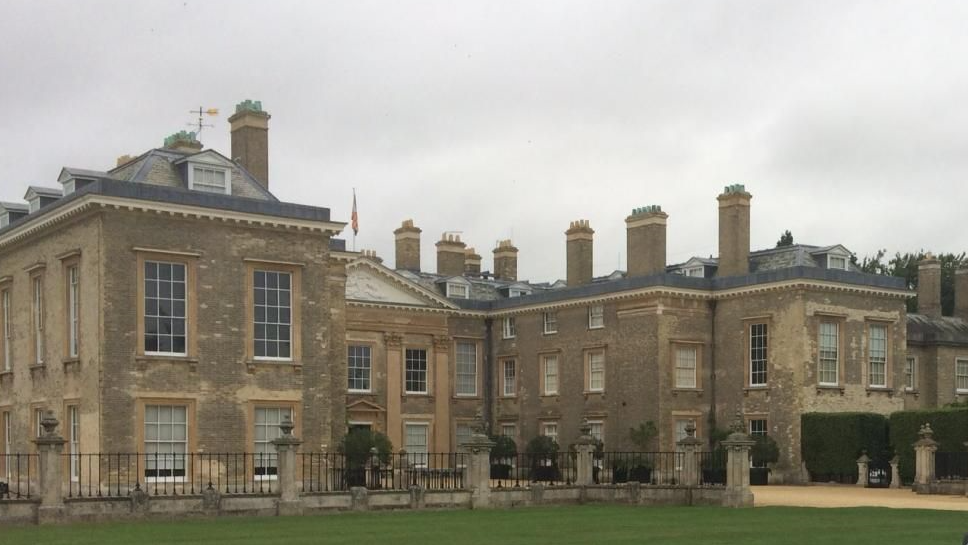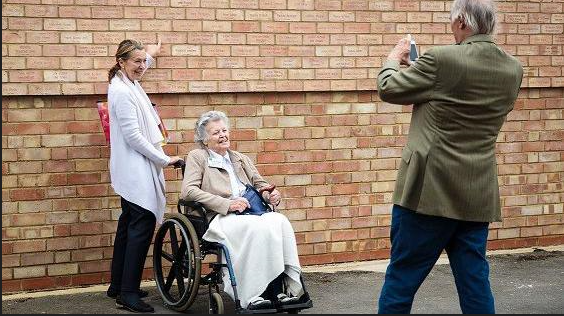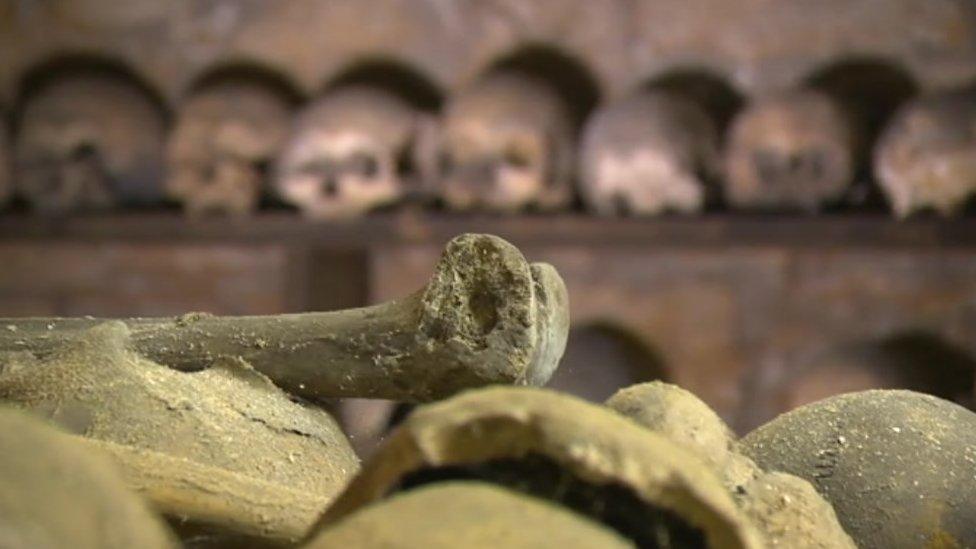Author sheds light on dark tourism

The bone crypt at Rothwell Church contains the remains of about 2,500 people
- Published
An author says he hopes his new book will introduce more people to the world of dark tourism.
Leon McAnally, who lives in Northampton and studied at the town's university, visits about 300 destinations in his book, "A Guide to Dark Attractions".
He says the places he has chosen are all linked with "death, suffering and tragedy".
They include Althorp House, the crypt at Rothwell Church and Bletchley Park.
Leon McAnally's interest in the past developed during his childhood in the historic town of Bury St Edmunds in Suffolk.
Since then, he has become something of a specialist in dark tourism.
The term "dark tourism" has become familiar to people who watch television documentaries, but Mr McAnally says it is usually associated with internationally-known places like the Paris Catacombs or Auschwitz.
While at the University of Northampton, he discovered hundreds of places in the UK that fit the definition.
He said: "It's places linked with death, suffering and tragedy.
"There's a number of motivations behind it - it could be going to these places to remember those who have lost their lives [or] educating ourselves about what's taken place."
He believes many people participate in dark tourism "and don't realise they're doing it".
He has often been asked whether going to a particular place counts as dark tourism "and I'm like 'yeah, if you're going there to educate yourself, remember what's happened'".

Leon McAnally's book is called "A Guide to Dark Attractions"
The bone crypt at Holy Trinity Church in Rothwell is one of the two Northamptonshire places listed in the book.
The 13th-Century underground chamber contains the bones of about 2,500 people and was said to have been discovered when a gravedigger fell through the ceiling.
During investigations in 2019, one skull was found to have signs of a blow to the head.

Althorp House became a world-famous attraction after the death of Princess Diana
The other Northamptonshire destination is known across the world - Althorp House, the ancestral home of Princess Diana.
Another academic, external has described Althorp as being a venue for "morbid tourism", which thousands of people visited after the Princess's death in 1997.

The memorial wall at Bletchley Park honours the workers who cracked German codes
Bletchley Park, just over the border in Buckinghamshire, welcomes a stream of visitors who want to know more about the World War Two codebreaking operation there.
The site has a memorial of bricks, each of them inscribed with the name of a Bletchley Park worker.
Mr McAnally described the wall, unveiled by the late Queen, as a "real fitting tribute" to the codebreaking heroes.
Get in touch
Do you have a story suggestion for Northamptonshire?
Follow Northamptonshire news on BBC Sounds, Facebook, external, Instagram, external and X, external.
Related topics
- Published24 April 2012
- Published9 August 2016

- Published11 May 2013